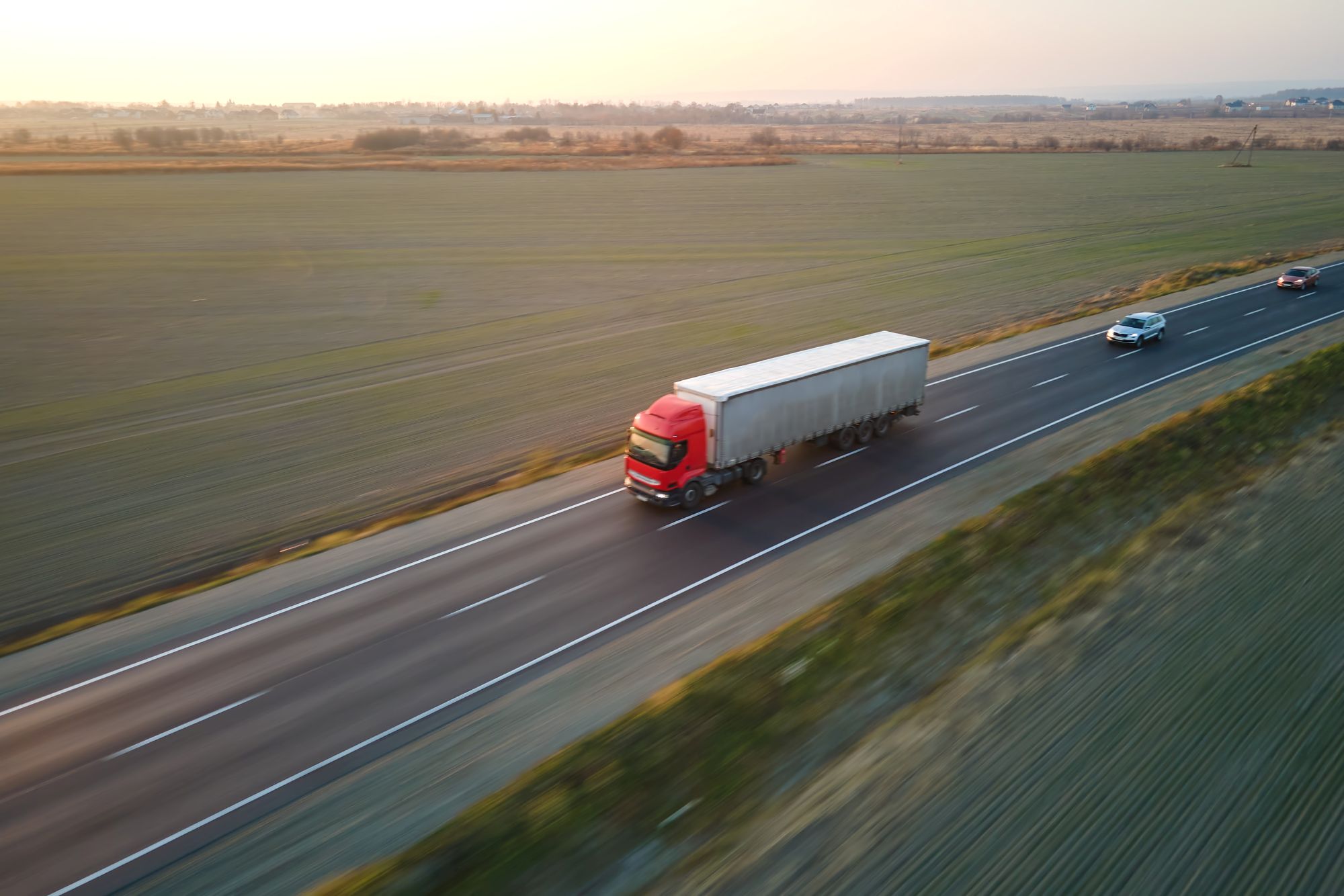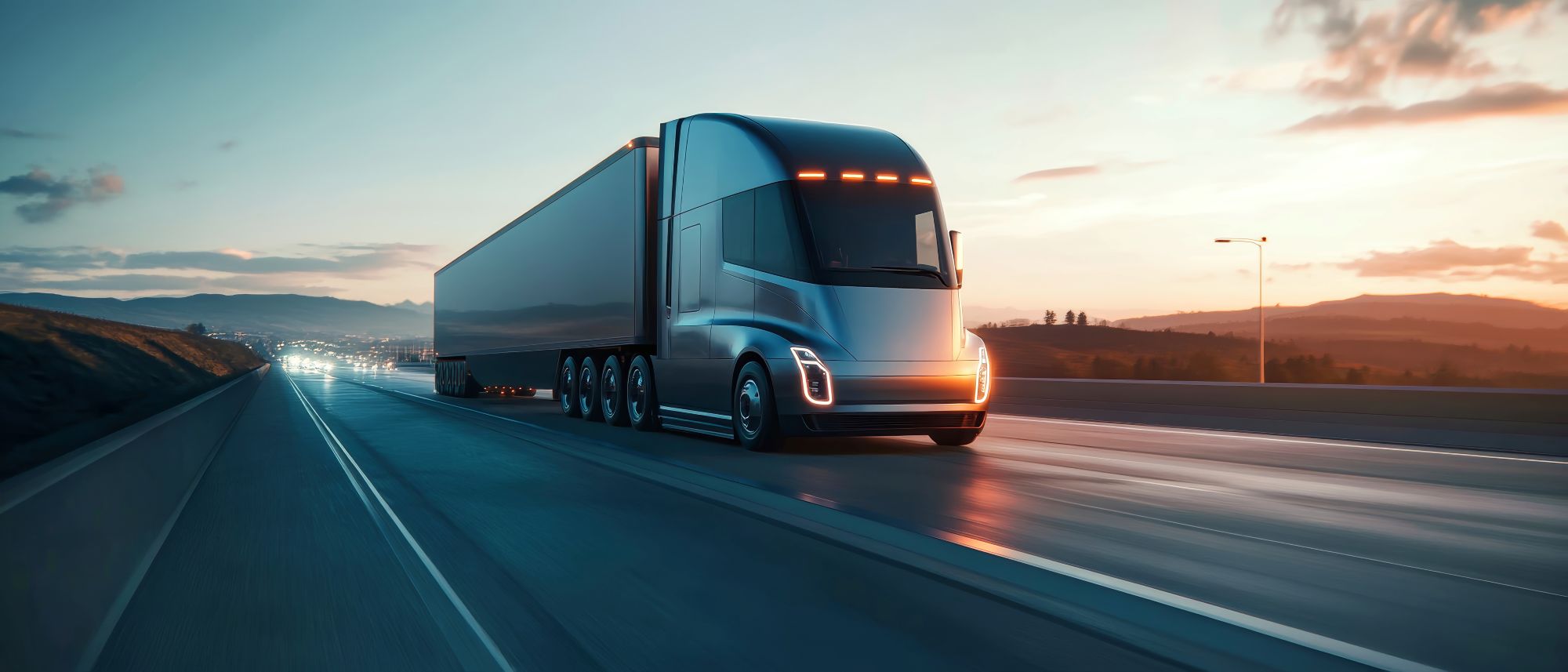
Miranda Blake
Motoristas insatisfeitos com as paragens de camiões: Qual é o problema?
Criado: 11/11/2024
•
Atualizado: 09/12/2025
Um [inquérito recente] (https://d3cez36w5wymxj.cloudfront.net/wp-content/uploads/2024/11/04184443/Lorry-Driver-Facilities-Survey.pdf) do organismo independente Transport Focus revelou que quase metade dos condutores de camiões não está satisfeita com a quantidade e a qualidade das paragens de camiões em Inglaterra. Consideram que esta última também se deteriorou no último ano.
Aqui na SNAP, temos uma rede de [parques de camiões] (https://snapacc.com/truck-parks/) que oferecem serviços superiores (de facto, em breve lançaremos os nossos próprios prémios para celebrar as melhores paragens de camiões!) Assim, se existem muitos parques de estacionamento excelentes, a questão que se coloca é: porque é que os condutores estão tão insatisfeitos?
Um mergulho mais profundo no problema
Em primeiro lugar, vejamos com o que é que não estão satisfeitos. Os condutores dizem que não se sentem bem-vindos e seguros em todas as paragens. Para além disso, não conseguem descansar adequadamente ou desfrutar de uma boa refeição. Alguns dos comentários incluem que nem sempre há [comida saudável] (https://snapacc.com/newsroom/how-to-be-a-healthy-truck-driver/) disponível ou chuveiros e casas de banho limpos. Uma condutora também comentou que não há chuveiro na casa de banho das mulheres, o que significa que não tem outra opção senão ir à casa de banho dos homens para se lavar.
No entanto, é importante salientar que as estatísticas dizem respeito àqueles que optaram por fazer as suas pausas nestas paragens de descanso, pelo que é provável que exista algum nível de satisfação. Além disso, o inquérito apenas questionou os condutores sobre a sua experiência num terço do número total de paragens de camiões, serviços de autoestrada e estradas A em Inglaterra. Além disso, muitos parques de camiões obtiveram pontuações satisfatórias de, pelo menos, 95%, com uma satisfação geral de 86%.
Portanto, talvez o problema não seja tão grande quanto parece. No entanto, a indústria não pode certamente ignorá-lo, especialmente tendo em conta o que as nossas descobertas revelaram.
O que a investigação da SNAP descobriu
Descobrimos que 70% dos condutores preferem os parques de estacionamento às estações de serviço ou paragens de camiões, sendo a principal razão a falta de segurança. Por exemplo, já tiveram a experiência de verem as suas cortinas cortadas anteriormente. No entanto, vale a pena notar que, em 2023, a polícia de Cambridgeshire relatou que [46% dos roubos de carga aconteceram em ruas ou parques de estacionamento] (https://www.rsainsurance.co.uk/news/insurance/tackling-cargo-crime-in-2024/#:~:text=The%20majority%20only%20offer%20a,these%20happened%20in%20lay%2Dbys.), em comparação com 27% nas estações de serviço - o que sugere que talvez os condutores estejam a colocar as suas preocupações no lugar errado.
Nas nossas páginas das redes sociais, mais de metade dos condutores de camiões revelaram que consideravam que as paragens de descanso do Reino Unido não eram seguras e protegidas em comparação com as da Europa. E, nos espaços que têm um nível de proteção mais elevado, 70% viram-nos cheios ao início da noite.
Embora isto implique que a quantidade é insuficiente para satisfazer a procura, muitos dos nossos sítios têm uma segurança fantástica. Por isso, para aqueles que não têm, devem pensar em como melhorar esse aspeto.

Dar aos parques de camiões o mais alto nível de segurança
Fornecemos uma variedade de serviços para melhorar a experiência de todos - incluindo os nossos pacotes de segurança líderes do sector através da SNAP Access & Security. Desde câmaras ANPR e barreiras a CCTV, garantimos a melhor proteção para as paragens de camiões e, consequentemente, para os condutores e toda a carga das frotas.
Pode saber mais sobre SNAP Access & Security, ou descobrir os nossos outros serviços (como estacionamento e lavagem) aqui.



